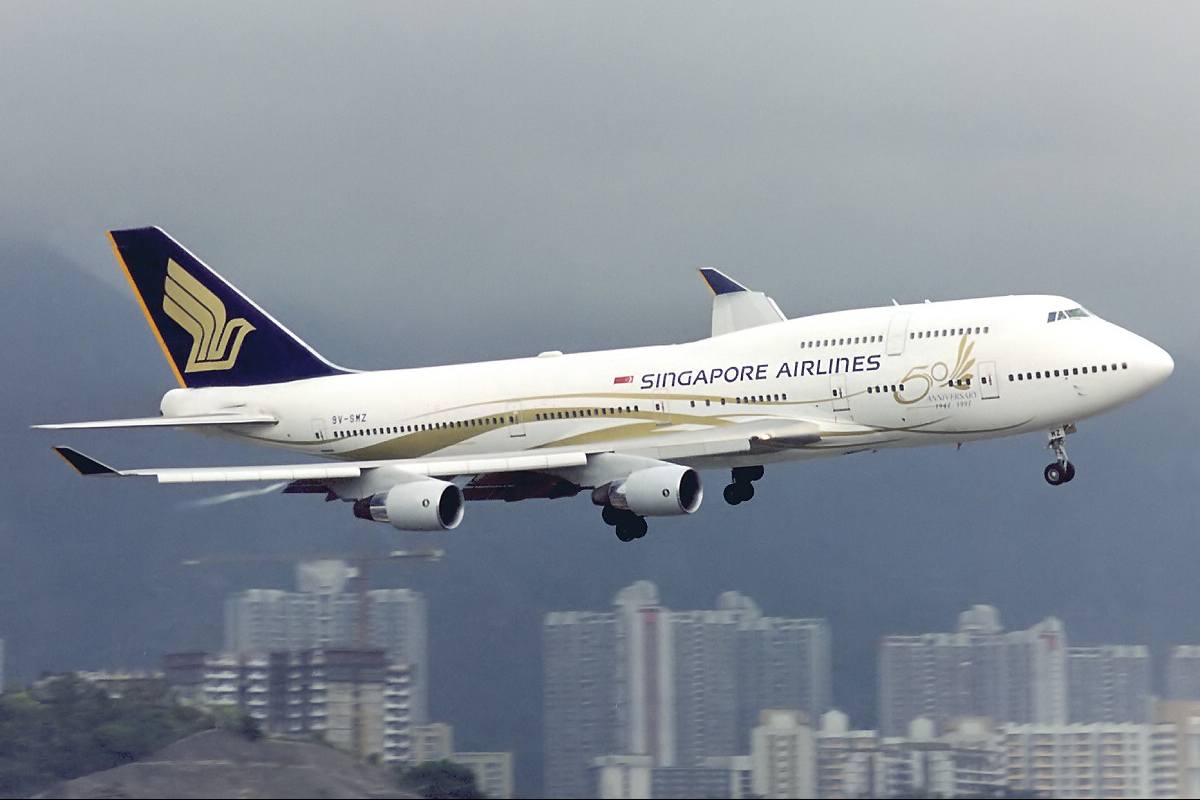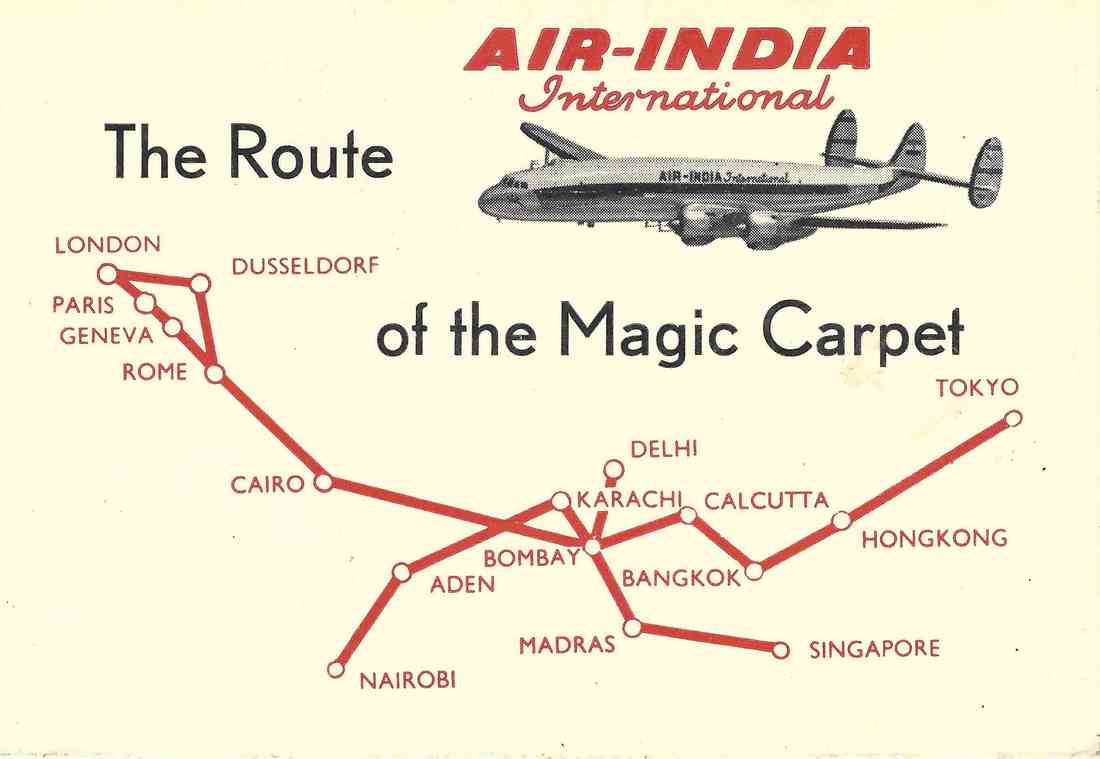In the early 1970s, the government of Singapore, led by prime minister Lee Kuan Yew, had a great idea.
In order to attract investment into the little island nation, it thought of starting an international airline that would act as a kind of flying advertisement for Singapore and its world-class capabilities.
It would do this by demonstrating to decision-makers around the world a level of excellence that they had never experienced from the top global airlines of the time.
It was a brilliant idea, but this new Singapore Airlines would obviously need to collaborate with an existing airline from which it would acquire the necessary know-how and service standards.
The question was, which airline could that be? The authorities made a shortlist of the world’s best airlines, and finally zeroed in on one of them.
And that airline, believe it or not, was Air India.

Anthony Sampson, in his best-selling book, Empires of the Sky—The Politics, Contests and Cartels of World Airlines, devotes a chapter to how Asian carriers like Singapore Airlines, Cathay Pacific, and Thai Airways began to dominate the skies in the 1970s by redefining the concept of service.
But the very first Asian airline to do so, Samson notes, was Air India, which provided the inspiration for all the others, right from the 1940s.



Delivering letters from Karachi to Chennai
Air India had a curious beginning. In the early 1930s, airmail letters from Europe to India were unloaded from international airlines in Karachi. This mail was then sent on to its intended destination by train—a process that could take several days.
A former Royal Air Force pilot named Nevill Vintcent had an idea: What if someone set up an air service that could pick up the mail from Karachi and deliver it to its destination the same day?.
Vintcent took the idea to JRD Tata, the 25-year-old scion of the Tata family and an aviation freak (as a child in France, his family had been neighbours of Louis Bleriot, a legendary pioneer of aviation, and the young JRD had been given his first flight by none other than Adolphe Pegoud, the world’s first fighter ace in World War I, and the first man ever to accomplish the aerobatic maneuver called “loop the loop”).
Thus, in 1932, JRD Tata and Vintcent started Tata Air Mail.

They had two little Puss Moth aircraft, which could fly at 100 mph, carrying a consignment of mail, as well as two passengers; the only equipment was a pair of goggles and an old-fashioned slide rule to help the pilot navigate. Tata Air Mail’s first flight took off on Oct. 15, 1932.
JRD Tata carried the mail from Karachi to Bombay, and then Vintcent took over to carry the remaining mail from Bombay to Madras. (Interestingly, that first flight was delayed by a month because unseasonal rains had flooded the mud-flat runaway in Bombay, and they had to wait until it had dried completely.)
An advertisement for Tata Airlines circa 1939.
The infant airline had a staff of two pilots, three ground engineers, four coolies, and two chowkidars, and it did the Karachi-Bombay-Madras run every Monday, stopping for the night at Bellary en route -- a 28-hour journey in all.
In its first year, Tata Air Mail made a profit of Rs60,000, carrying a total of 10 tonnes of mail, as well as 155 passengers (it would be fascinating to know who these intrepid early passengers were, but, alas, there is no record of their names). In a couple of years it extended its service to Delhi (via Indore, Bhopal, and Gwalior), Hyderabad, Goa, and Colombo, and in 1938, it changed its name to Tata Airlines.
Malabar Princess flies to London
The next stage of the airline’s evolution came in 1946. JRD Tata, looking at the post-WWII world, saw huge possibilities for the airline industry. He, therefore, took the company public, changed its name to Air India, and acquired a sizeable fleet of aircraft—the pride of which was a Lockheed Constellation, one of the most advanced aircraft of its time with a range capable of international flights, which was named “Malabar Princess.”
At five minutes past midnight on June 8, 1948, the Malabar Princess took off from the Santa Cruz airport, Bombay, on its first international flight to London, via Cairo and Geneva. On board were 35 passengers, including Duleepsinhji, the famous cricketer; Krishna Menon, the high commissioner to the UK; several Bombay industrialists, including Neville Wadia, Narottam Lalbhai, and Fazal Fazelbhoy and their families; as well as two Indian cyclists on their way to the London Olympics.
The fare, interestingly, was the princely sum of Rs1,720. The entire Air India crew had rigorously rehearsed for months, flying dummy runs to various international routes under JRD Tata’s meticulous eye for detail, so, not surprisingly, the Malabar Princess landed in London on the dot.
“Set your watches, boys, we are right on schedule,” said JRD Tata to the press as he stepped off the aircraft.
Over the next 30 years, Air India became known to the cognoscenti as one of the world’s finest airlines. It may have been small compared with its giant global competitors, but it had the kind of service that the other airlines talked about with admiration and envy.

Just one example of this was the fact that when in the 1950s, BOAC (later British Airways) introduced a jet service that cut a few hours off the trip, people still preferred to fly by Air India’s slower propeller-driven aircraft, simply because of the way they were pampered on board.
But Air India’s finest service probably was on its trans-Atlantic flights, where it took great pleasure in stealing passengers away from its American and European competitors.

And long before Singapore Airlines created an icon of its “Singapore Girl” in her silk sarong-kebaya, Air India had made an icon of its air-hostesses in their exotic silk saris.
For example, in the 1960s, the heyday of the miniskirt, an Air India ad in the US showed an air hostess in a sari, with the tongue-in-cheek line: “3, 4, maybe 5 times longer than a mini-skirt.”


















